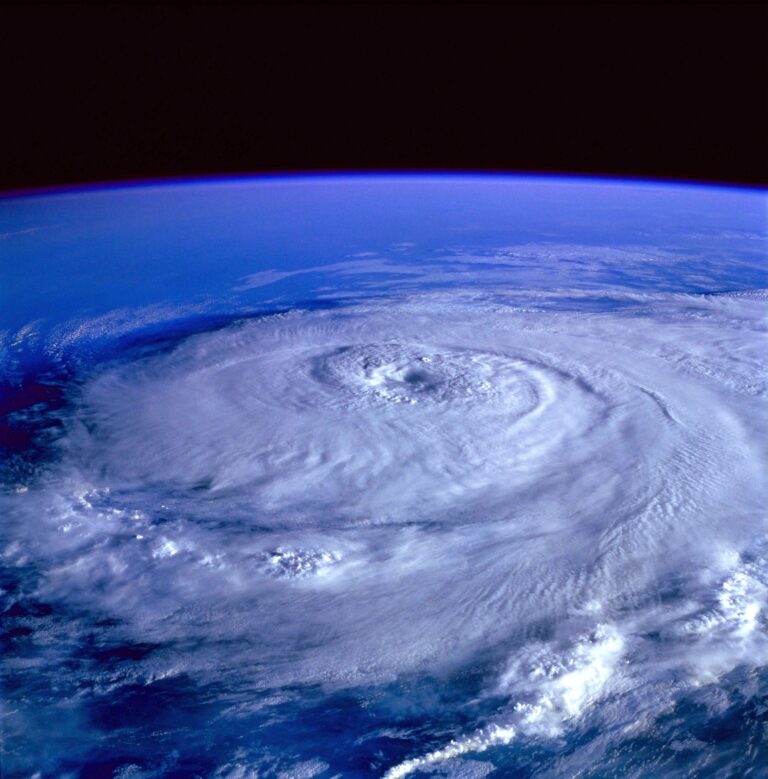Researchers have discovered that hurricanes and major storms can trigger seismic events as strong as a 3.5 magnitude earthquake. The seismic events are the result of the transfer of energy from the storm to ocean waves and from the waves to the surrounding land.
Wenyuan Fan, the researcher who uncovered this new geophysical phenomenon, is calling them “stormquakes”.
Fan, an assistant professor of Earth, Ocean and Atmospheric Science at Florida State University, discovered the phenomenon after he and his colleagues analyzed more than a decade of seismic and oceanographic records for the North American seaboard.
They found a correlation between strong storms and intense seismic activity near the edge of continental shelves or ocean banks, finding evidence of more than 10,000 stormquakes between 2006 and 2019.
Among the tropical cyclones that triggered stormquakes were hurricane Ike in 2008, which caused seismic activity in the Gulf of Mexico, and hurricane Irene in 2011, which led to stormquakes off the Florida coast.
However they also found that many major cyclones, such as 2012’s hurricane Sandy, had no stormquakes associated with them.
According to Fan, this suggests that the formation of stormquakes is strongly influenced by oceanographic features and seafloor topography, noting that the researchers uncovered certain stormquake hotspots.
“We have lots of unknowns,” Fan told Science Daily. “We weren’t even aware of the existence of the natural phenomenon. It really highlights the richness of the seismic wave field and suggests we are reaching a new level of understanding of seismic waves.”
Fan’s research is published in the journal Geophysical Research Letters.



